Having been a fan of portable gaming consoles, I suppose it’s safe to say that the Logitech G Handheld’s announcement a while back piqued my interest. After all, it’s a dedicated gaming device from a big brand that specializes in gaming peripherals, and it seemed like a recipe for a winning combination.
On the other hand, its existence has been dismissed by many due to the presence of more powerful handhelds like the Steam Deck and ROG Ally, for example. Additionally, some were skeptical about its focus on cloud-based gaming, a feature that most smartphones can do nowadays. After all, why spend money on a second device that does something your smartphone can already do?
With that in mind though, I decided to go forward anyway and spend some time with the device, with one big objective in mind.
Emulation Device
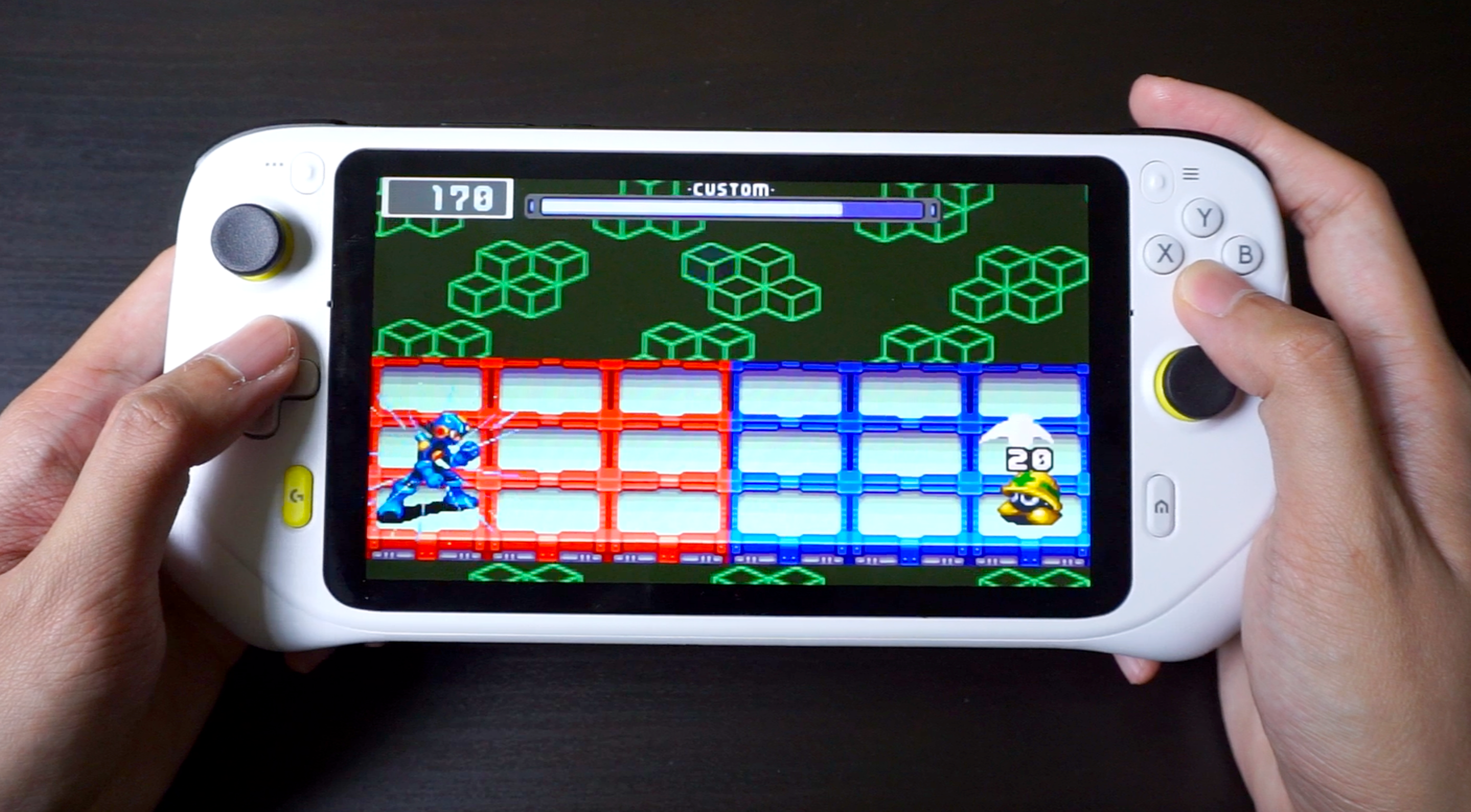
Logitech made it perfectly clear that the G Cloud Handheld’s biggest selling point was its ability to stream your favourite console games using both local and cloud-based apps like Microsoft’s Xbox Cloud gaming service and Nvidia GeForce Now, to name a couple. At the same time though, it didn’t shy away from informing people that it ran on Android – this meant a realm of possibilities in terms of gaming, and I’m not just talking about mobile games.
From the moment I laid eyes on it, I knew that I was going to be using the Logitech G handheld mostly for emulation
From the moment I laid eyes on it, I knew that I was going to be using the Logitech G handheld mostly for emulation, especially for older retro systems. Over the years Android has become a haven for console emulation, thanks to a ton of different emulators for systems from the 80s all the way up to “newer” consoles like the Gamecube and PS2. It’s a great perk to have especially if a lot of the titles that you’re looking for aren’t officially supported on any current gaming platform.
There’s also the fact that most Android games nowadays resort to micro-transactions and limited controller support, which only strengthened my cause for doubling down on emulation.
User Experience
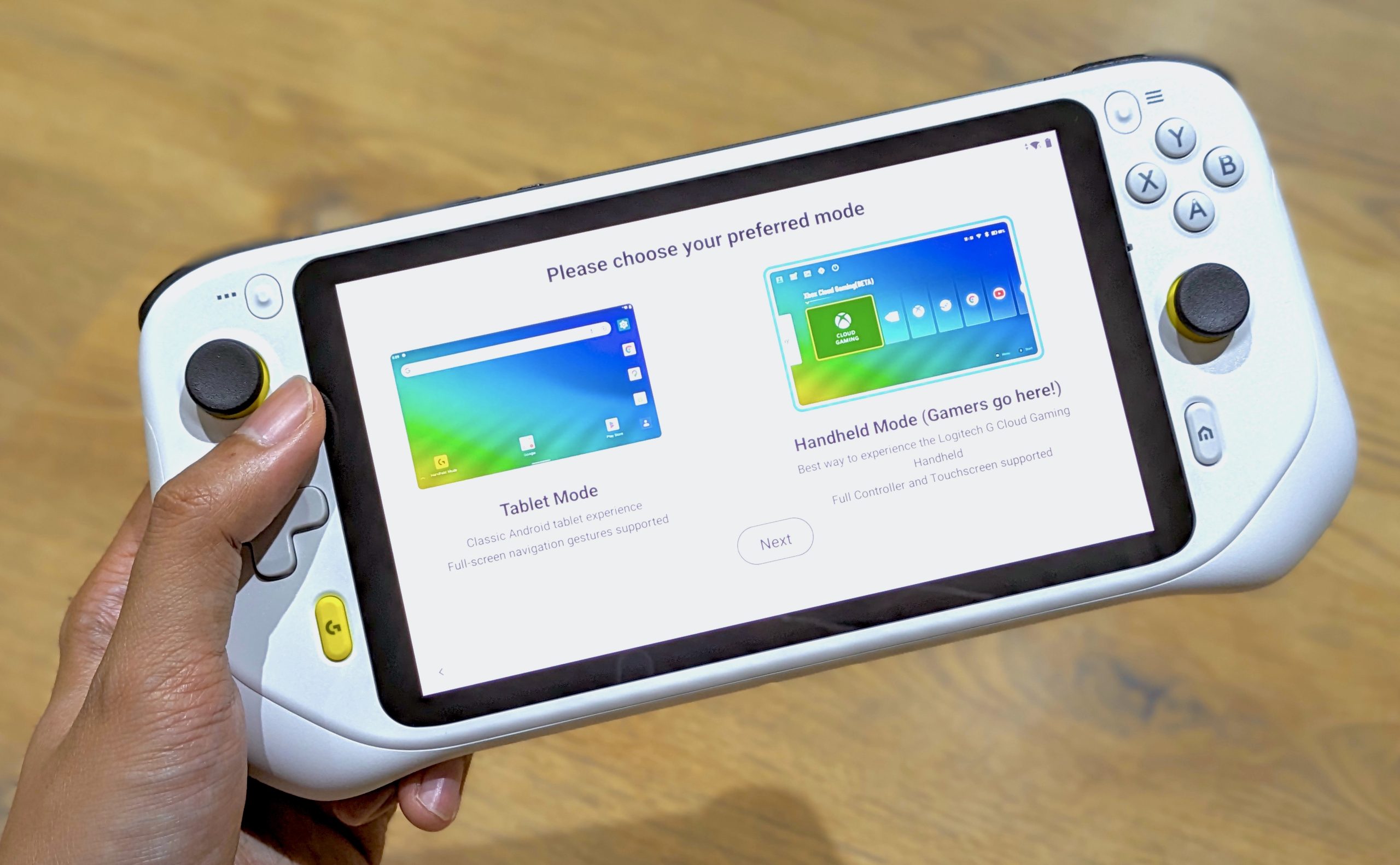
In terms of usage, there’s a lot of things that the Logitech handheld gets right – it’s got a sharp and responsive touch screen with a sharp 1920×1080 pixel resolution, and it feels comfortable to use for lengthy gaming sessions thanks to grips on the left and right sides of the device, which I think improve handling in general. And while the device isn’t exactly a performance powerhouse (it comes with a mid-range Snapdragon 720G chip and 4GB of RAM), it was good enough for a lot of the games I was planning to use it with.
As for controls, there’s a full set of controller inputs on the device, and comes with everything from start and select buttons down to the shoulder and trigger inputs. As most emulators support button mapping, the full set of controls on the Logitech G handheld was a much-welcome feature. Battery endurance was impressive, although it does take a bit long to charge.
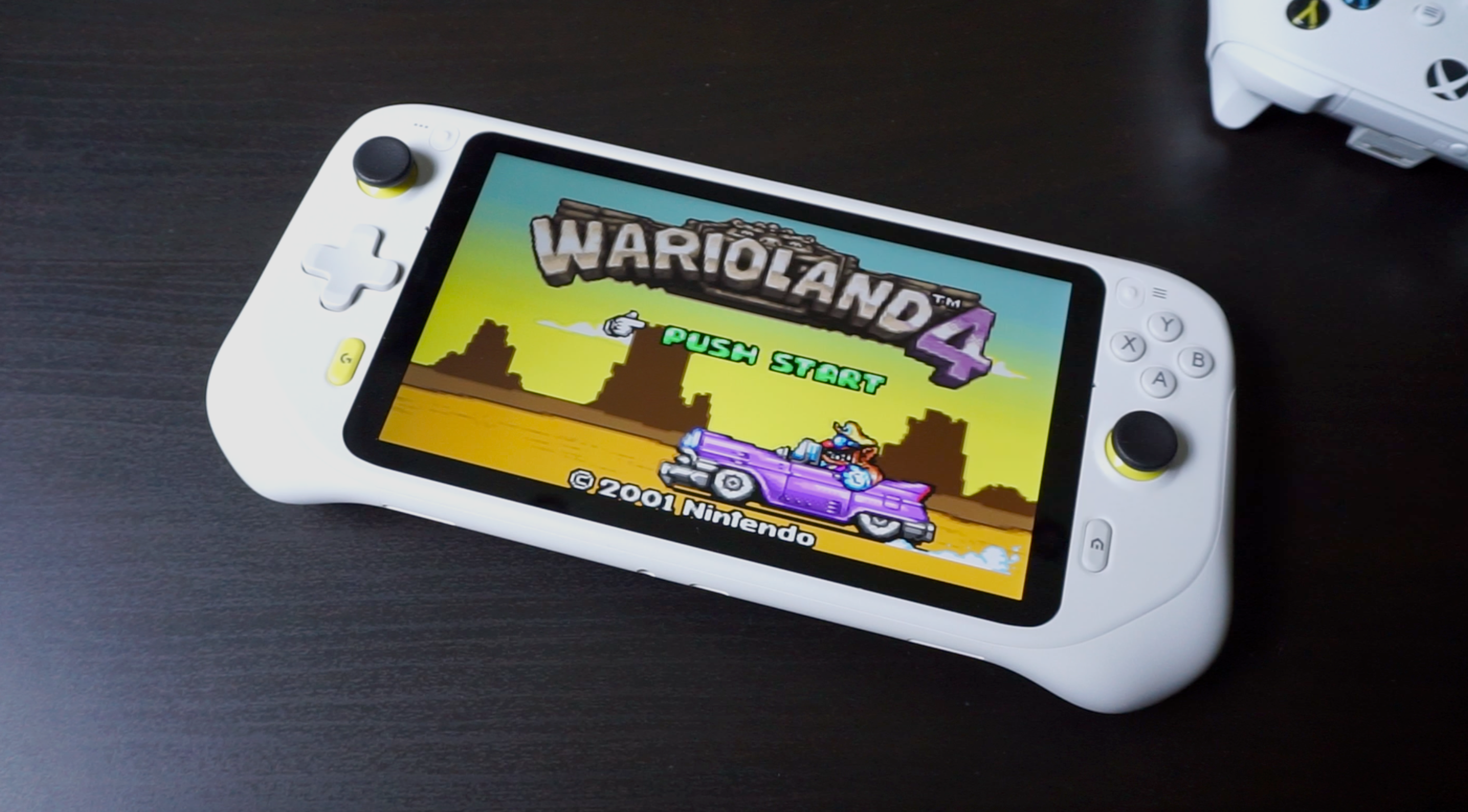
As for performance itself, the Logitech Handheld managed to handle my particular selection of games, which mostly revolve around Gameboy Advance, PlayStation One, and PlayStation Portable titles. GBA and PS1 games were able to run on the device without any hitches, which is understandable given the age of the systems they were originally meant to be played on.
PSP games were mostly fine, and even graphically-heavy titles such as God of War: Ghost of Sparta and Tekken 6 were able to run on the handheld. There were some games that ran a bit iffy, although I could chalk that up to the limitations of the emulation app that I was using.
A Few Reservations
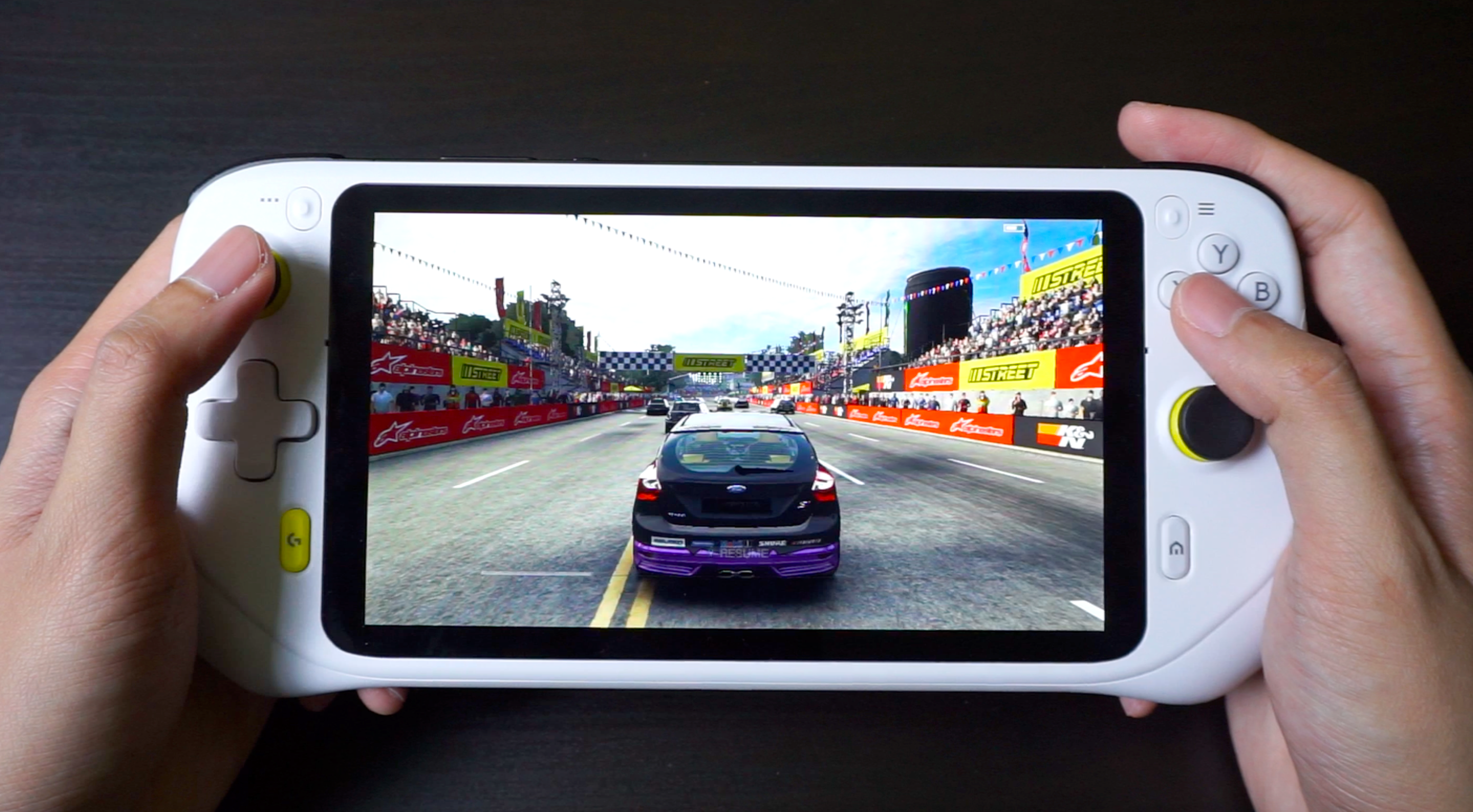
No device is perfect however, and if you look hard enough you’ll see that the Logitech G handheld has some particular weaknesses. As mentioned earlier, the Snapdragon 720G onboard the device isn’t particularly powerful, and given the emphasis on cloud-based gaming, the lack of 5G connectivity on the handheld is a rather odd decision.
In terms of software the device runs on Android 11, which at this point in time is a very old version of the OS. On one hand, I did get a software update which bumped up my Android security update version to the March 2023 patch, as well as the device’s Google Play system update to the June 2023 patch. But again, it would have been nice to see Android 12 at least, especially with 14 on the horizon.
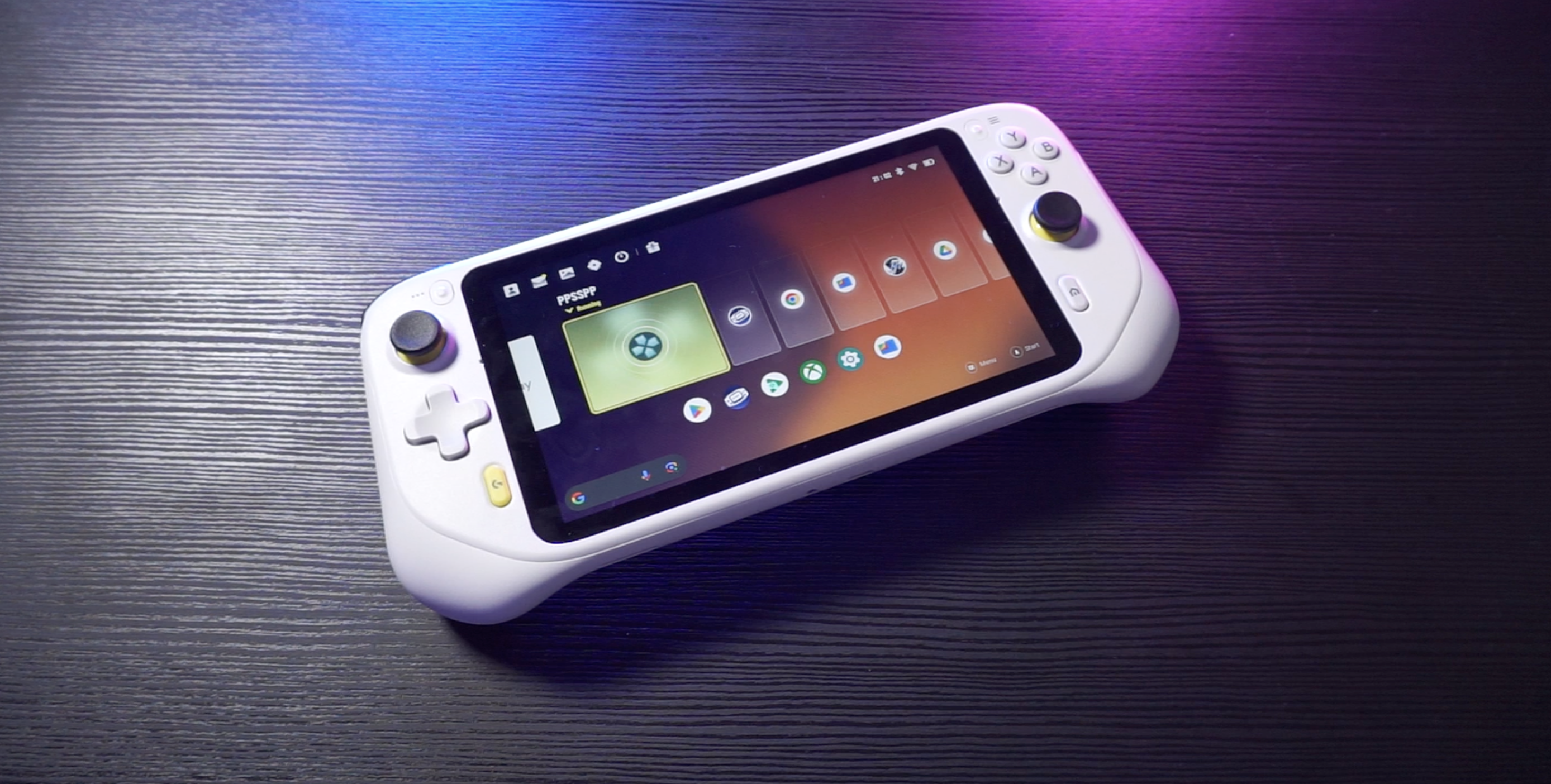
Additionally there are some games that failed to run on the Logitech G Handheld, with titles like Chaos Rings 3 or Implosion: Never Lose Hope just quitting outright. This has puzzled me as I was able to run these games on cheaper phones with less impressive hardware, and hopefully there’s a fix along the way at some point soon.
Final Thoughts
At the end of the day, the biggest consideration you’ll have to make about the Logitech G Handheld is its price. At $350 it’s not exactly cheap, and considering that you can get something like the Nintendo Switch for the same price with a more robust library of games, it definitely will make you think twice about picking one up.
For emulation, there’s not much that the Logitech G Handheld gets wrong, and although it doesn’t pack extremely powerful hardware compared to competing portable gaming devices on the market, there’s a lot of fun to be had with the Logitech G Handheld itself. We just wish it was a lot cheaper.

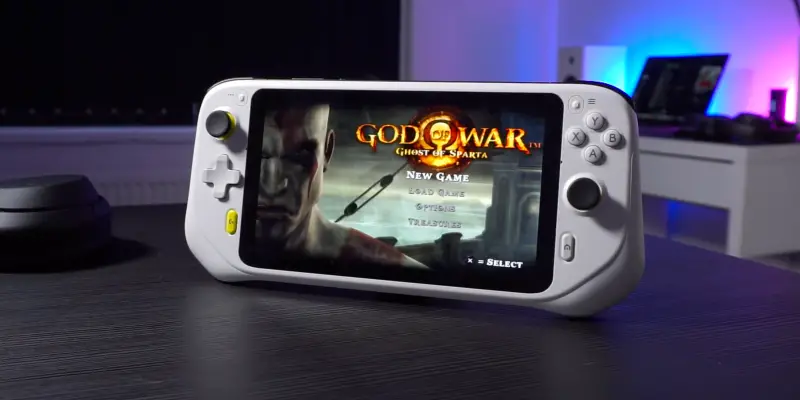






Comments